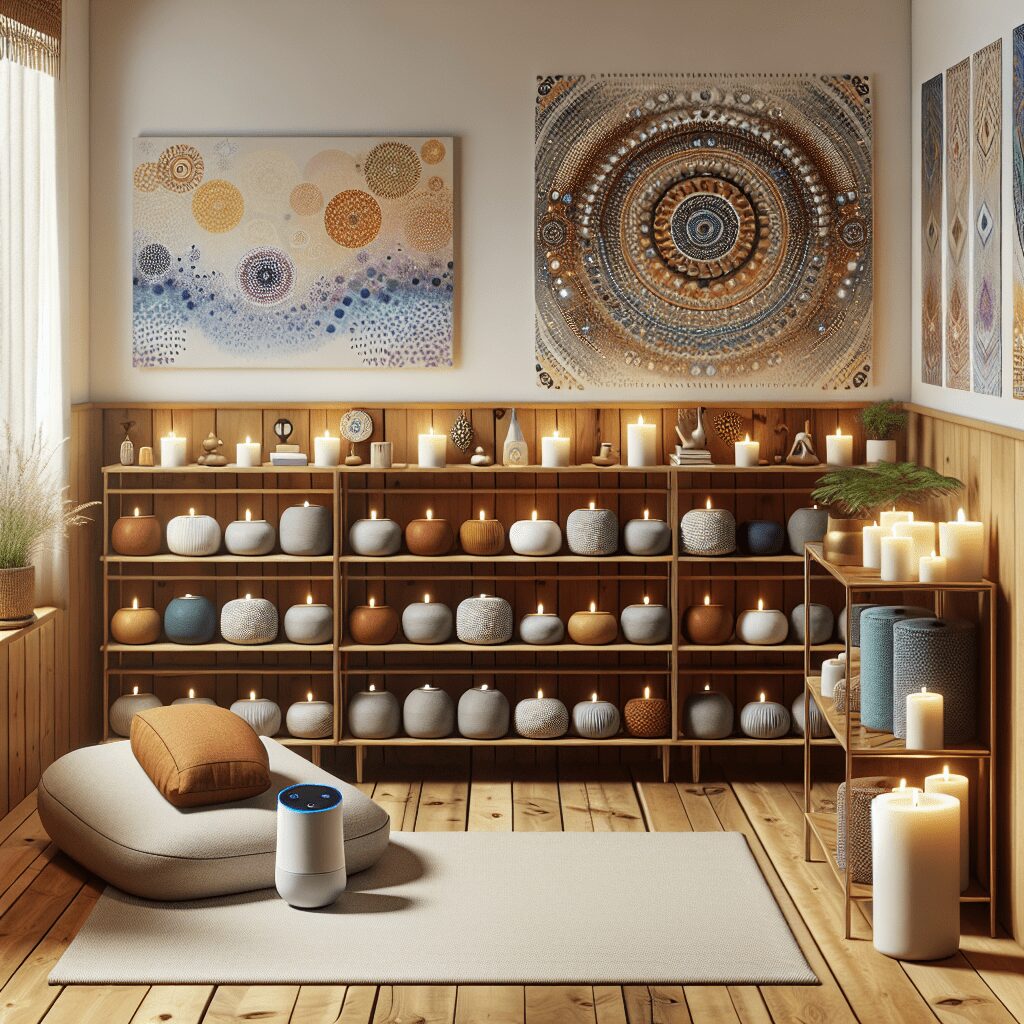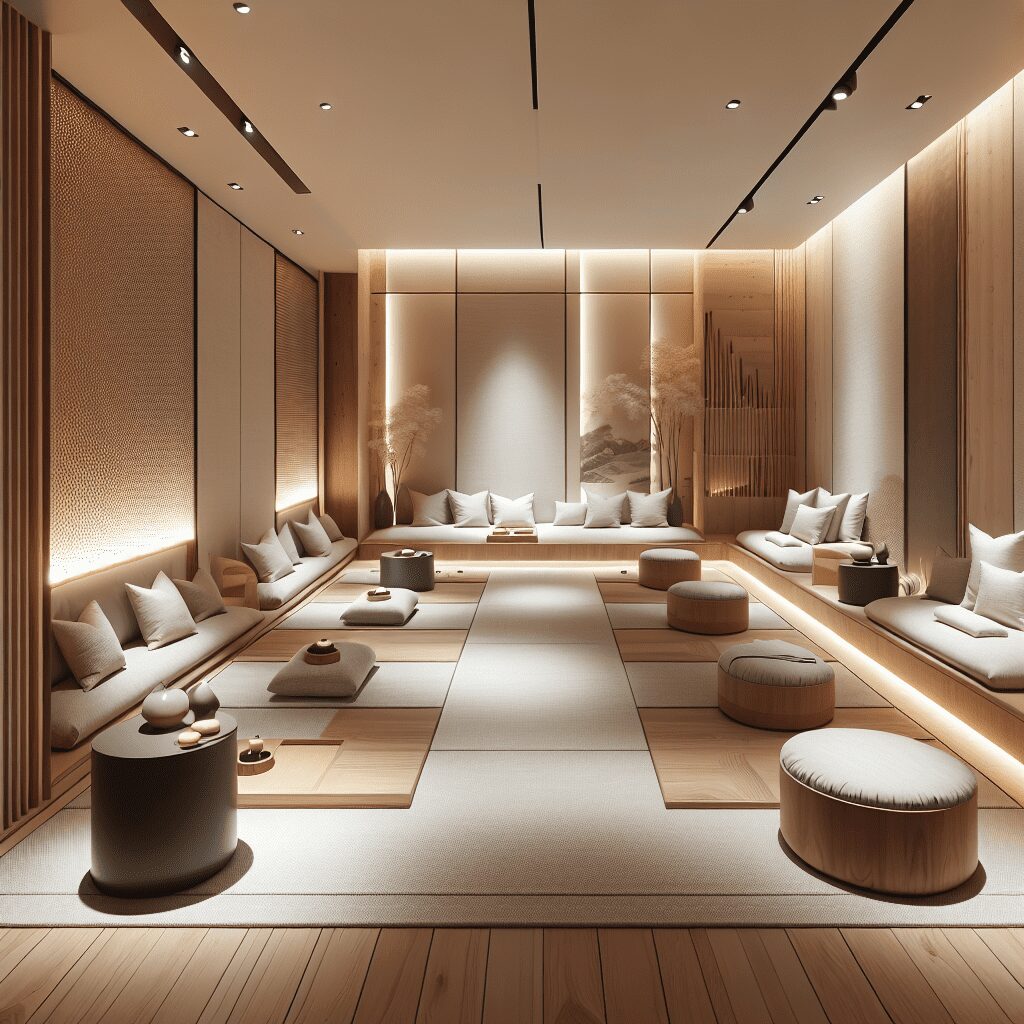
Prioritize your mental well-being daily. Enhance your life by nurturing your mental health with the Smart Meditation app. Break free from stress, alleviate anxiety, and enhance your sleep quality starting today.
Can Meditation Cause Visual Snow?
Unraveling the Mystery of Visual Snow and Meditation
In recent years, the link between meditation and various psychological phenomena has become a hot topic for discussion. Among these intriguing connections is the phenomenon known as Visual Snow (VS). Often described as seeing static, like the grain on an old television set, in one’s visual field, VS has puzzled individuals and medical professionals alike. But what’s the real scoop? Can diving deep into the realms of meditation really trigger this optical oddity?
Meditation: A Double-Edged Sword?
On the one hand, meditation is hailed as a panacea, promising increased concentration, peace of mind, and an overall boost in wellness. Yet, every rose has its thorn. While reports of meditation-induced visual snow have surfaced, it’s essential to dissect the facts from the myths, and let’s be real, there’s quite a bit of both floating around.
The Facts
First off, meditation, in its core essence, is about mindfulness and achieving a state of calm. It’s like taking your brain to the spa. However, for a small subset of individuals, diving too deep into meditation can stir up more than just feelings of peace and stillness. When you meditate, you’re essentially tuning into your mind’s frequency at a whole different level, which, for some, can lead to heightened sensory awareness. This can exaggerate or make one more aware of pre-existing VS or even manifest symptoms akin to VS due to heightened sensory perception.
The Myths
Let’s set the record straight – there’s no concrete evidence directly linking meditation to the onset of visual snow in a perfectly healthy individual. It’s not like you’ll sit down, cross your legs, start meditating, and bam, your vision turns into an 80s TV screen on the fritz. Most experts in the field agree that if meditation does have any effect on VS, it’s more likely to be a case of correlation, not causation. In other words, those who experience VS and meditate might do so because they’re looking for a way to cope with their symptoms, not the other way around.
Navigating the Visual Snowstorm
So, where does this leave us? Should we steer clear of meditation for fear of our vision turning into a snowy mess? Well, not exactly. Here’s a game plan:
- Know Thyself: If you already experience VS, starting or continuing a meditation practice could indeed make you more aware of it. It doesn’t mean you have to give it up altogether, but maybe don’t dive into the deep end right away.
- Moderation is Key: Like with anything in life, balance is crucial. Don’t go from zero to Zen master in a day. Gradually increasing your meditation practice can help mitigate any unwanted side effects.
- Consult the Pros: If you’re experiencing VS, whether you believe it’s related to meditation or not, touching base with a healthcare professional is always a smart move. They can help guide you through both your VS and your meditation journey.
Wrapping it Up in a Zen Bow
In essence, while the direct link between meditation and visual snow might be as elusive as trying to nail jelly to a wall, understanding the nuances of how meditation affects our perception is key. With mindfulness, moderation, and a bit of medical insight, navigating the potential visual snowstorm becomes a whole lot easier. So, before you throw the meditation baby out with the bathwater, remember that with the right approach, you can potentially still reap its benefits, snow-free vision and all.





